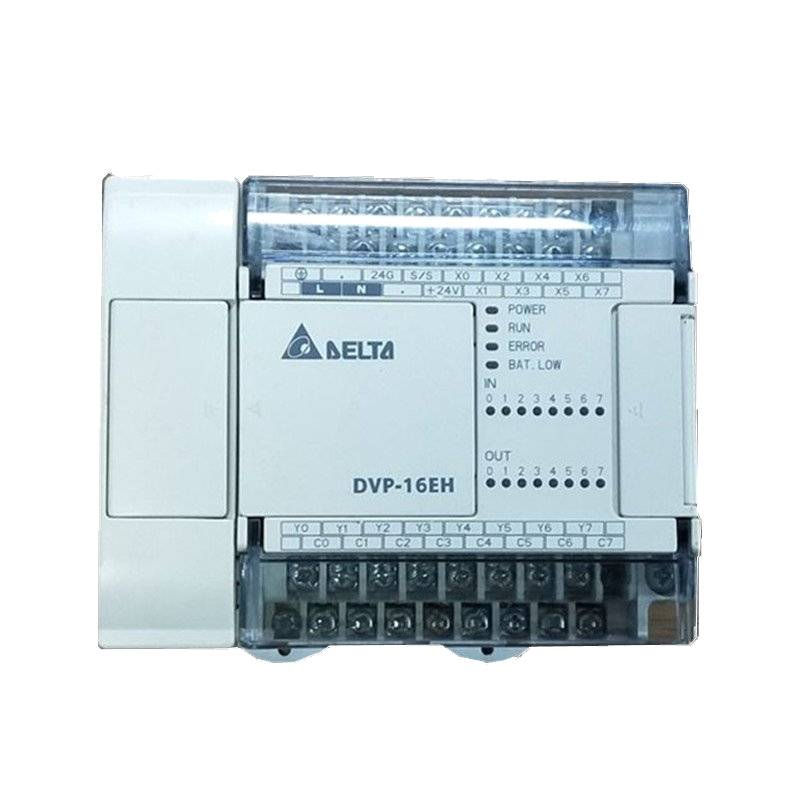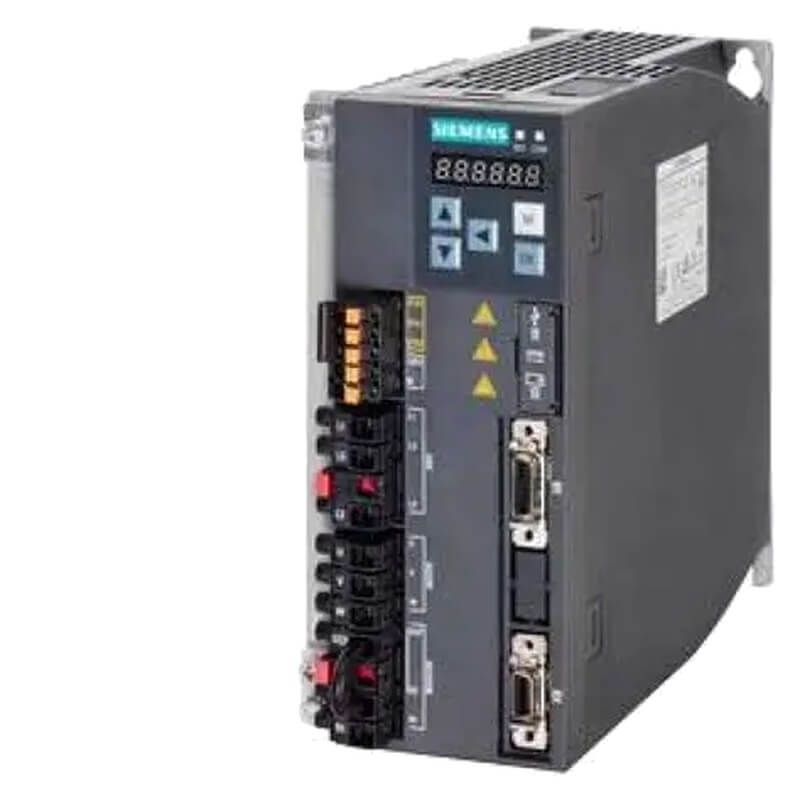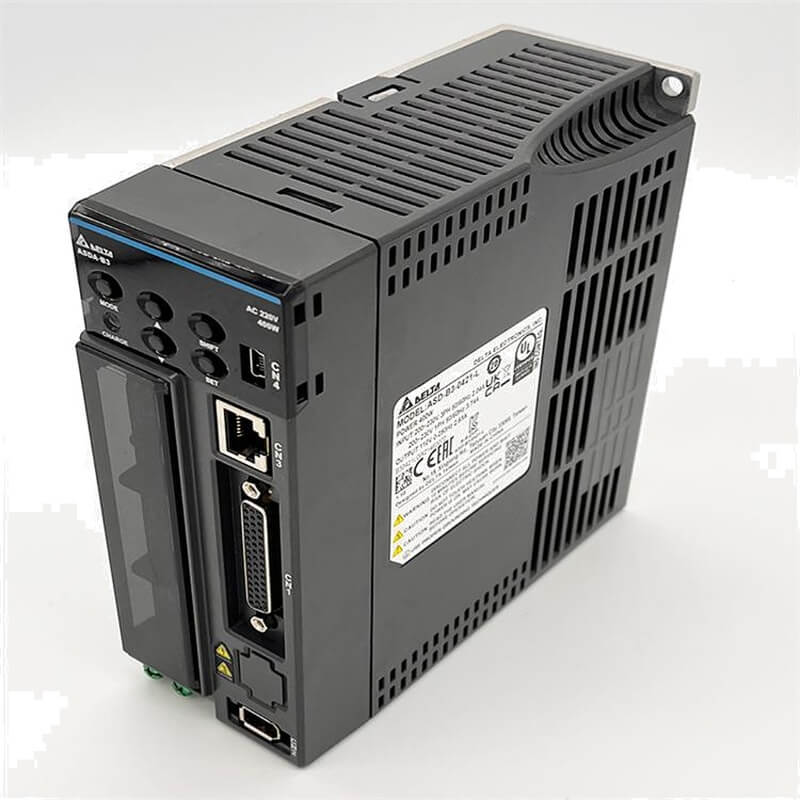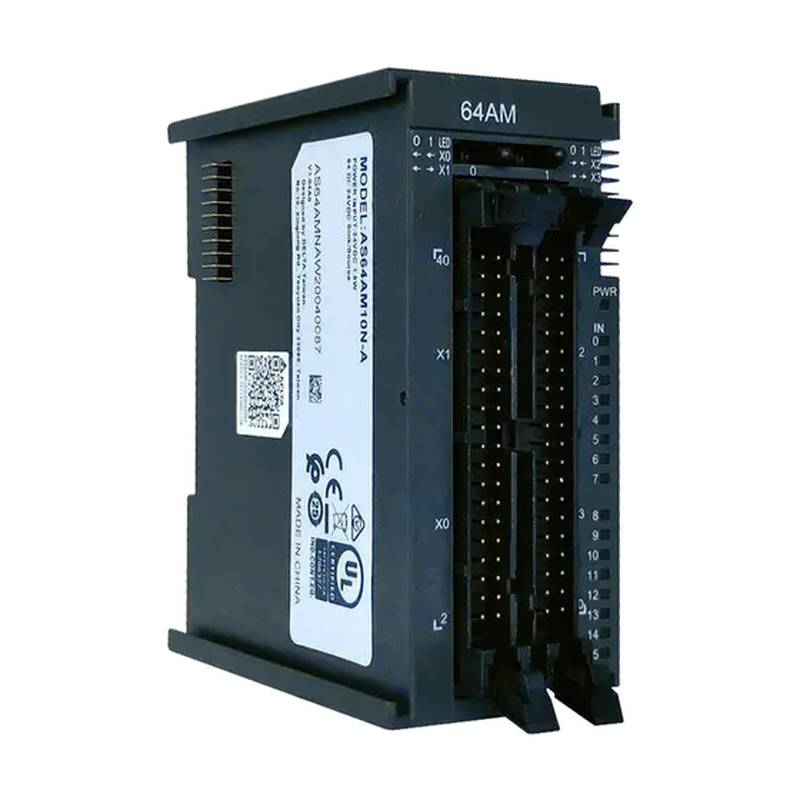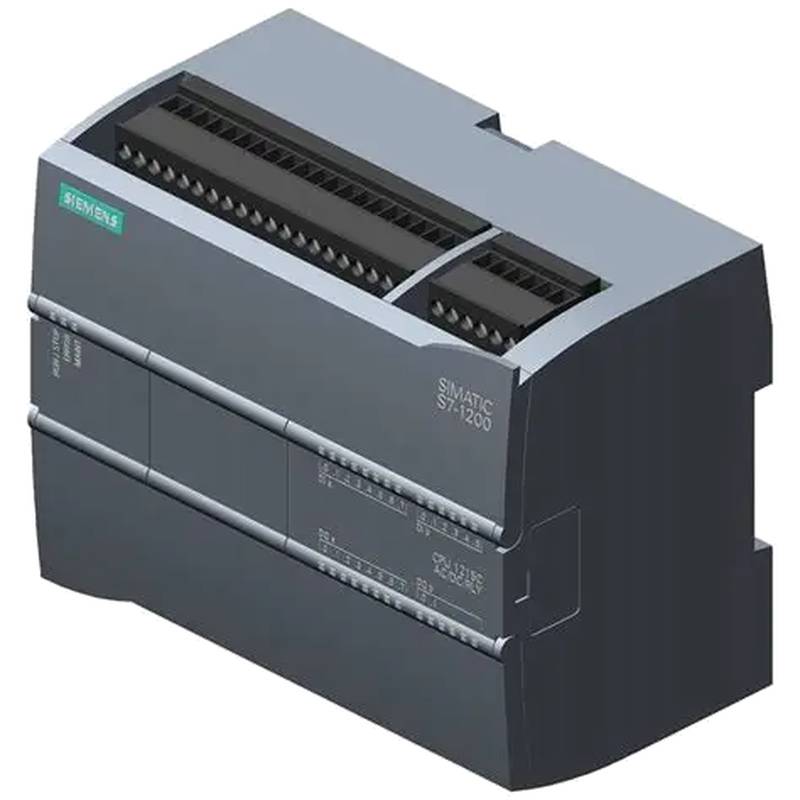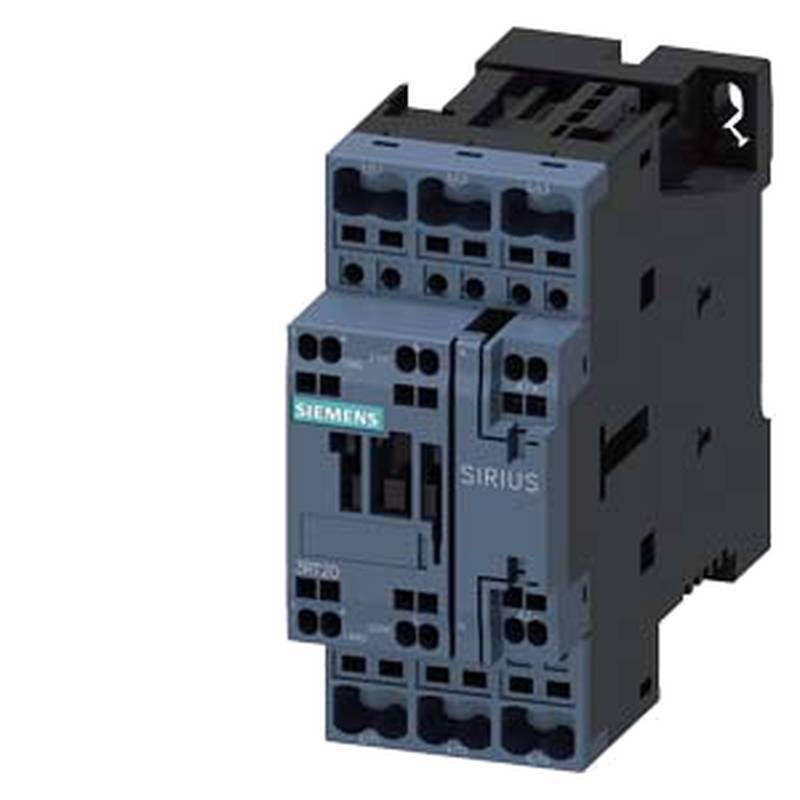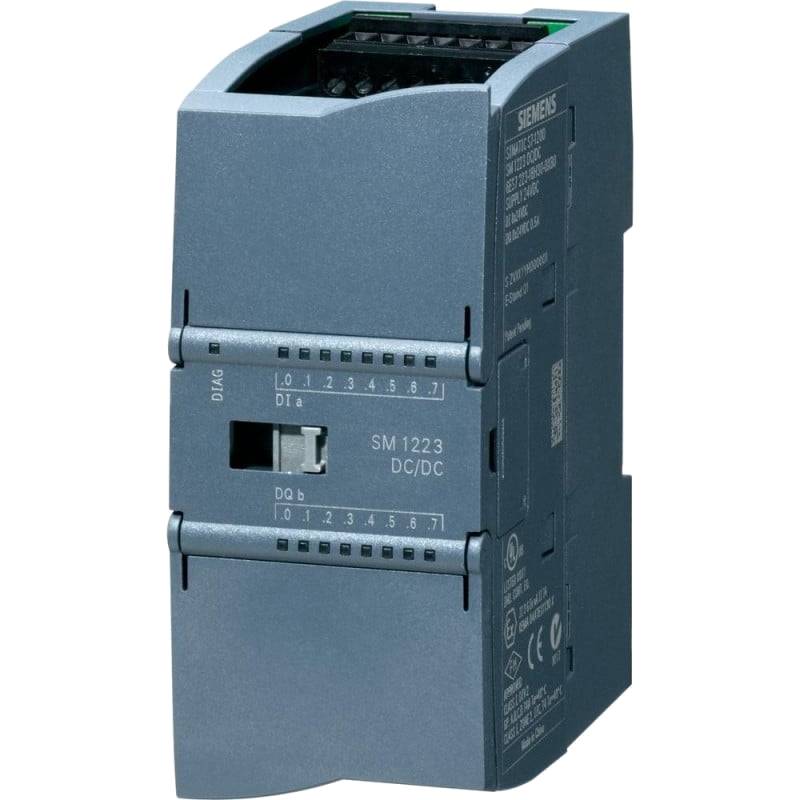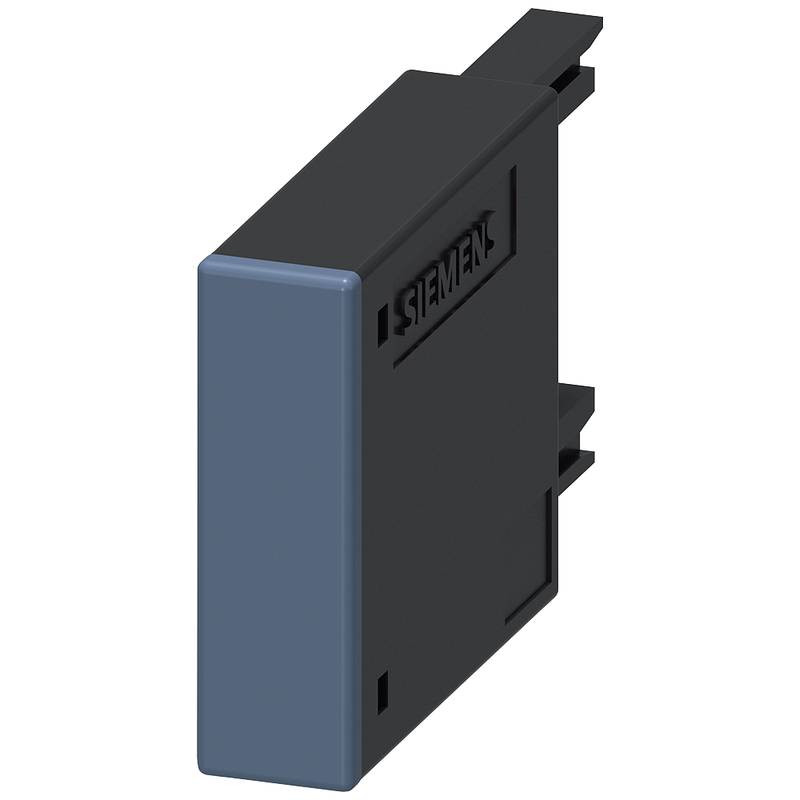
The Delta ASD-B3A-1521-P is a medium-power industrial automation servo drive engineered for high-precision motion control. This drive boasts a 1500W nominal power output and operates on a 220V AC single-phase or three-phase power supply. Key advantages include its full power output at 230V AC mains voltage, eliminating the need for separate power supplies, and a simplified one-step tuning process for reliable parameter setting. The drive features a 24-bit absolute encoder with 16,777,216 pulses per revolution for exceptional accuracy and a high response bandwidth of 3.1 kHz. It supports multiple communication protocols, including PROFINET for the ASD-B3A-1521-P model, alongside options like EtherCAT, Step/Dir, and Modbus for other variants. Integrated safety functions like STO (Safe Torque Off) are also available, achieving SIL2 compliance when used with a safety relay.
Delta ASD-B3A-1521-P: Technical Specifications
| Feature | Specification | Source |
| :---------------------- | :------------------------------------------------ | :----- |
| Model | ASD-B3A-1521-P | 1, 4 |
| Nominal Power | 1500W (1.5 kW) | 2, 14 |
| Input Voltage | 1-phase/3-phase 220VAC (230V AC) | 1, 2, 10, 14, 15, 20 |
| Communication Interface | PROFINET (for -P model); EtherCAT, Modbus, Pulse, Analog, RS-485 | 1, 6, 10, 11, 14, 20 |
| Encoder Resolution | 24-bit (16,777,216 ppr) | 2, 11 |
| Max. Speed | Up to 6000 rpm (with B3M motors) | 2, 11 |
| Bandwidth | 3.1 kHz | 2, 5, 6, 11 |
| Safety Function | STO (Safe Torque Off) - SIL2 compliant | 2, 11 |
| Tuning | 1-step tuning, real-time auto-tuning | 2, 5, 11 |
| Vibration Suppression | Notch filter, auto-tuning | 2, 5, 11 |
| Control Modes | PT Mode (STEP/DIR), S-Mode (Speed), T-Mode (Torque), PR Mode (Preset Position) | 2, 11 |
| IP Rating | IP67 (for motors, optional) | 2 |
| DC Bus Sharing | Yes | 2, 7 |
Core Features & Market Positioning
The Delta ASD-B3A-1521-P servo drive distinguishes itself in the industrial automation market through its advanced technological integration and robust performance. Its 1-step tuning capability significantly reduces setup time and complexity, a critical factor in high-volume manufacturing environments where efficiency is paramount. The 24-bit absolute encoder provides unparalleled positional accuracy, making it suitable for applications demanding sub-micron precision. Furthermore, the 3.1 kHz bandwidth allows for rapid response to dynamic commands, crucial for high-speed pick-and-place operations, robotics, and complex CNC machining.
Compared to previous generations like the ASDA-B2 series, the ASDA-B3 series offers faster response and settling times, along with improved mass inertia tolerance, enabling more reliable control of complex applications. The DC bus sharing feature further enhances efficiency by allowing multiple drives to share regenerative energy, reducing the need for braking resistors and lowering overall system costs. Delta's focus on user-friendly software, featuring graphical interfaces, wizards, and extensive explanations, positions the ASD-B3A-1521-P as an accessible yet powerful solution for engineers and integrators.
Key Application Scenarios
The versatility and precision of the Delta ASD-B3A-1521-P servo drive make it an ideal choice for a wide array of industrial automation tasks:
CNC Machining and Milling: The PT Mode, supporting STEP/DIR control, is perfectly suited for CNC applications, enabling precise toolpath execution and high-quality surface finishes. Its high bandwidth and encoder resolution ensure accurate interpolation and rapid contouring. Robotics: In robotic applications, the drive's fast response times and precise control are essential for accurate arm movements, welding, assembly, and material handling. The integrated motion generator in PR Mode can simplify programming for repetitive robotic tasks. Packaging and Material Handling: For automated packaging lines and conveyor systems, the S-Mode (Speed) and PR-Mode (Preset Position) allow for seamless integration and control of various movements, from precise placement to high-speed transfer. Printing and Labeling: High-speed, accurate positioning is critical in printing and labeling machinery. The ASD-B3A-1521-P's bandwidth and encoder precision ensure consistent registration and high throughput. Textile Machinery: Applications like winding and unwinding machines benefit from the T-Mode (Torque) control, ensuring consistent tension and material handling at high speeds. Special Machine Construction: The drive's flexibility in communication protocols (e.g., PROFINET) and its robust feature set make it a valuable component for custom-built automation equipment.
Practical System Integration Guidance
Integrating the Delta ASD-B3A-1521-P into an industrial system requires careful consideration of wiring, communication, and parameter configuration.
Wiring: Ensure proper grounding of the servo drive and motor to comply with local electrical standards and prevent interference. For robust connections, utilize prefabricated power and encoder cables, especially if IP67 protection is required. When using multiple drives, leverage the DC bus sharing feature by connecting them to a common DC bus to manage regenerative energy efficiently. Always refer to the specific model's user manual for detailed wiring diagrams and terminal assignments.
Communication Setup: For the ASD-B3A-1521-P model, PROFINET is a key communication interface. Proper network configuration, including IP addressing and device naming, is crucial for seamless integration with PLCs and HMIs. For other variants, EtherCAT, Modbus RTU (via RS-485), or pulse/analog inputs offer flexible connectivity options. The drive's direct USB connection simplifies parameterization with Delta's ASDA-Soft software.
Parameter Configuration: The one-step tuning process, accessible via the ASDA-Soft software, is designed to simplify parameter setup. This includes auto-tuning functions for PID control and vibration suppression, which automatically adjust parameters to optimize performance based on the connected motor and load. For PR mode operations, up to 99 preset paths can be programmed, including homing sequences, allowing for standalone operation or simplified control from a PLC. Always back up original parameters before making modifications and consult the user manual for specific parameter descriptions.
Operation and Risk Mitigation
Safe and efficient operation of the Delta ASD-B3A-1521-P servo drive relies on understanding its operational modes and adhering to safety protocols.
Operational Modes: The drive supports multiple operational modes: PT Mode: For pulse/direction control, ideal for CNC and step-motor-like applications. S-Mode: For speed control, typically used with analog voltage signals (0-10V). T-Mode: For torque control, beneficial for winding and tension control applications. PR Mode: For preset position control, allowing for programmed movements without continuous PLC intervention.
Safety and Risk Mitigation: The integrated STO (Safe Torque Off) function is a critical safety feature, compliant with SIL2 standards when used with an appropriate safety relay. This function ensures that the motor is safely de-energized, preventing unexpected startup. Always ensure that emergency stop circuits are correctly wired and tested.
Troubleshooting Common Alarms: The drive displays alarm codes (AL.nnn) on its 7-segment display for diagnostics. Common alarm categories include General (hardware/encoder issues), Motion Control (PR mode command errors), STO (STO function errors), and Communication (network errors). For instance, AL064 might indicate an encoder vibration warning, while AL069 could signal a wrong motor type. Addressing these alarms typically involves checking wiring, verifying parameter settings, or resetting the alarm via the specified diagnostic input (DI.ARST). If an alarm persists or is not listed, consult the local distributor or technician. For factory resets, parameters like P2008 can be set to a specific value (e.g., 10) to restore default settings.
Scalability & Long-Term Value
The Delta ASD-B3A-1521-P servo drive offers significant long-term value through its scalability and compatibility features.
Compatibility and Upgrade Paths: The ASDA-B3 series is designed for backward compatibility, allowing it to operate with older Delta ECMA motors (though cable modifications may be necessary). This ensures that existing installations can be upgraded to newer, more capable drives without a complete system overhaul. The drives also support a wide range of motor types, including medium, high, and ultra-high inertia motors.
IIoT and Digital Integration: With support for communication protocols like PROFINET and EtherCAT, the ASD-B3A-1521-P is well-positioned for integration into Industry 4.0 and IIoT environments. These industrial Ethernet protocols enable high-speed data exchange for advanced monitoring, diagnostics, and predictive maintenance. Delta's software suite, including ASDA-Soft, facilitates this integration by providing tools for parameterization, monitoring, and system analysis. The drive's advanced diagnostic capabilities and logged historical data further support proactive maintenance strategies, minimizing downtime and maximizing operational efficiency over the product's lifecycle.
Frequently Asked Questions (FAQs)
Q1: What are the primary advantages of the Delta ASD-B3A-1521-P servo drive?
The Delta ASD-B3A-1521-P offers full power at 230V AC mains, simplifying power supply needs. It features a user-friendly one-step tuning process for quick setup. Its 24-bit encoder ensures high precision, and a 3.1kHz bandwidth allows for rapid response.
These advantages translate into reduced setup time and enhanced performance for demanding applications. The drive is also compatible with various communication protocols, including PROFINET, for flexible integration into diverse automation systems.
The combination of precision, speed, and ease of use makes this servo drive a cost-effective and reliable solution for industries seeking high-performance motion control.
Q2: What communication protocols does the Delta ASD-B3A-1521-P support?
The ASD-B3A-1521-P model specifically supports PROFINET communication. This protocol is widely used in industrial automation for real-time data exchange.
Other models in the ASDA-B3 series offer additional communication options such as EtherCAT, Modbus RTU (via RS-485), and Pulse (STEP/DIR) inputs. This broad support ensures compatibility with various controllers and network architectures.
Direct USB connection is also available for parameterization using Delta's ASDA-Soft software, simplifying configuration and diagnostics.
Q3: What are the key technical specifications for the Delta ASD-B3A-1521-P?
This servo drive has a nominal power of 1500W (1.5 kW). It operates on a 220V AC (single-phase or three-phase) input voltage.
The drive features a 24-bit encoder resolution for high precision and a high response bandwidth of 3.1 kHz. It supports multiple control modes like PT, S, T, and PR modes.
Safety features include STO (Safe Torque Off) with SIL2 compliance. The drive is designed for industrial applications requiring precise and dynamic motion control.
Q4: How does the 24-bit encoder of the ASD-B3A-1521-P benefit applications?
A 24-bit encoder provides an extremely high resolution of 16,777,216 pulses per revolution. This level of detail allows for exceptionally precise positional feedback.
In practical terms, this means smoother motion, reduced vibration, and the ability to achieve very fine movements, which is critical for applications like micro-positioning, high-accuracy machining, and robotics.
The high resolution significantly improves the system's ability to track commands accurately, leading to better overall performance, repeatability, and quality in motion-controlled processes.
Q5: What are the different operation modes available on the Delta ASD-B3A-1521-P?
The drive supports PT Mode for pulse and direction control, ideal for CNC applications. It also offers S-Mode for speed control, typically via an analog voltage signal.
T-Mode enables torque control, useful for winding or tensioning applications. PR Mode allows for preset position control, enabling up to 99 programmed movements and homing sequences.
These diverse modes allow the ASD-B3A-1521-P to be adapted to a wide range of automation tasks and control strategies.
Q6: How can the Delta ASD-B3A-1521-P be integrated into existing systems?
Integration involves proper wiring, including secure grounding and appropriate cable selection. The choice of communication protocol (PROFINET for the -P model) is key for connecting to PLCs or industrial networks.
The drive supports Delta's ASDA-Soft software for easy parameterization and configuration via USB. Features like DC bus sharing can optimize system efficiency when multiple drives are used.
Backward compatibility with older Delta motors (with potential cable modifications) aids in upgrading existing machinery without a full system replacement.
Q7: What safety features are included with the Delta ASD-B3A-1521-P?
The most significant safety feature is the integrated STO (Safe Torque Off) function. When used with a compatible safety relay, it achieves SIL2 safety compliance.
STO ensures that the motor cannot be unintentionally started or powered, providing a crucial layer of protection for personnel. This is vital for compliance in industrial safety standards.
Operators should always ensure that emergency stop circuits are properly installed and tested in conjunction with the STO function for comprehensive machine safety.
Q8: How do I perform troubleshooting for common alarms on the ASD-B3A-1521-P?
Troubleshooting involves reading the alarm code (AL.nnn) displayed on the drive. Common types include General, Motion Control, STO, and Communication alarms.
For example, an encoder-related alarm might require checking cable connections for interference or damage. Parameter setting errors in PR mode can also trigger specific alarms.
Referencing the drive's manual for the specific alarm code is essential. Solutions often involve checking wiring, verifying parameters, or performing an alarm reset (DI.ARST function).
Q9: Can the Delta ASD-B3A-1521-P be used with older Delta servo motors?
Yes, the ASDA-B3 series drives are designed to be compatible with older Delta ECMA series servo motors. This backward compatibility offers a pathway for upgrading existing systems.
However, it's important to note that cable modifications might be necessary to connect older motors to the new B3 series drives. Always consult the documentation for specific compatibility details.
This interoperability enhances the long-term value of the drive by allowing for phased upgrades and avoiding the need for a complete system replacement.
Q10: What is the role of DC bus sharing in the ASD-B3A-1521-P?
DC bus sharing allows multiple servo drives to be connected to a common DC bus. This enables regenerative energy from decelerating motors to be supplied to accelerating motors on the same bus.
This feature improves overall system energy efficiency by recapturing energy that would otherwise be dissipated by braking resistors. It also reduces the need for external braking resistors, saving space and cost.
Implementing DC bus sharing requires careful system design and wiring to ensure proper energy flow and safety, contributing to a more sustainable and cost-effective automation solution.
















